As mothers, we often concentrate on births, yet discussions about death are less common. We don’t typically swap stories about passing away during coffee hours like we do about childbirth. Moreover, discussing preferences for traditional or green burials during playdates is unheard of.
Recently, I mentioned that throughout the past year, I’ve had the chance to experience and assist loved ones in both birth and death, finding beauty in each. This experience solidified my belief that while our physical bodies cease one day, the essence of who we are lives on.
We need to be ready for the inevitability of death, whether it’s our own or our loved ones’. As relatives grow older, we might face the challenge of managing their final wishes. Preparing for our own demise is also vital to communicate our desires to our families. As I lean towards environmentally-friendly products and methods, I’m enthusiastic about more eco-conscious options.
Understanding Traditional Burials
A standard burial encompasses a series of steps. Initially, the body undergoes embalming with formaldehyde to preserve it and slow down decomposition. Afterward, it’s placed in a casket made of wood or metal. Funeral services honor the deceased, typically held at religious venues or funeral parlors. It’s common to have a graveside service at the burial site, where the body is interred in a metal, concrete vault, or plastic liner within a cemetery plot. A headstone typically marks the grave.
Why Traditional Burial Practices Can Be Harmful
Traditional burials incorporate primarily non-biodegradable materials. From metal-handled caskets to headstones and concrete vaults, these components won’t decompose for generations. Research by the Journal of the National Cancer Institute involving funeral workers revealed that exposure to embalming fluid poses significant health risks, raising the likelihood of leukemia and brain cancer for those enduring long-term industry exposure.
Furthermore, a 2022 study by Illness, Crisis, and Loss demonstrated that embalming chemicals seep into the ground, causing pollution. This leaching threatens marine ecosystems and potentially contaminates our drinking supply. In Canada, formaldehyde is classified as a highly hazardous material. Additionally, maintaining traditional cemeteries involves landscaping with fertilizers and pesticides, consuming substantial water to keep surroundings lush.
Exploring Green Burial Practices
Green burials gain momentum as people seek low-toxicity, natural life choices. Defined by the Green Burial Council, an organization in the death care sector, a green burial minimizes environmental impacts and strives to preserve natural resources. It’s eco-friendlier since it reduces the toxic footprint that traditional burials leave. Green burials employ non-toxic, decomposable materials.
Some advantages of natural burial encompass:
-
Affordable Option – Traditional burials, including funeral services, range from $7,000 to $12,000. Green options, needing fewer materials like caskets and embalming, tend to cost less.
-
Biodegradable Materials – Typically, regular burial products derive from finite resources lacking biodegradability. Natural burials don’t necessitate exotic wood or metal caskets, nor concrete burial vaults or plastic liners, all of which require centuries to decompose.
-
Reduced Toxic Chemicals – Harmful chemicals used in traditional burials affect the ecosystem and workers. Pesticides and fertilizers employed in conventional cemeteries add to pollution.
- Land Conservation Support – Standard cemeteries don’t conserve or safeguard land or habitats. Natural burials are conducted in spaces restored and maintained for environmental protection.
Green Burial Choices
Numerous eco-friendly burial alternatives exist, dependent on location and individual or familial wishes. These options, bearing variable costs, are more environmentally conscious than conventional practices.
Cremation
This ancient alternative dates back to Roman and Greek times, potentially originating around 3000 BCE. For cremation, a burnable container is essential, holding the body while temperatures reach 1,800-2,000 degrees. Following cremation, families receive 4-6 pounds of ashes, which can be scattered in a memorial forest, favorite locations, or even kept at home. Costs span $1,000 to $3,000, excluding memorial services. While available nationwide, emissions produced during cremation, including mercury, are fewer than those from traditional burials.
Aquamation
Emerging as a natural burial technique, aquamation—also known as water cremation—initially processed animal remains into fertilizer. Since 2005, it became an option for humans in around 22 states. Resembling cremation, aquamation reduces the body to ash-like powder but uses water and potassium hydroxide for breakdown. Requiring less electricity and producing lower emissions, it’s a favorable choice for environmentally-conscious individuals. However, it’s not accessible in all regions.
Human Composting
This clean burial approach, available in seven states (Washington, Colorado, Oregon, Vermont, California, New York, and Nevada), gradually gains approval elsewhere. Like creating garden compost, bodies decompose within vessels filled with natural materials, processed by microbes. It takes 30-60 days; afterward, families receive a portion of the soil, with replanting options (avoiding vegetable gardens). Costs range between $2,500 and $5,000. Despite limited availability, it shows promise as state legislation evolves.
Green Cemetery
An innovative burial concept involves green cemeteries, not yet present everywhere. Traditional cemeteries may offer biodegradable containers instead of concrete vaults. In these settings, there’s no embalming, and biodegradable caskets or shrouds house the deceased. These cemeteries feature native plants and wildflowers, avoiding fertilizers or pesticides to preserve natural habitats, resembling nature reserves. Often part of conservation efforts, some operate through nonprofit organizations promoting sustainable practices. The Green Burial Council certifies practitioners, listing qualifying cemeteries on their site. Limited availability is the main downside, but demand will likely drive growth.
Understanding Green Funerals
Traditional funerals, often at religious sites or funeral homes, typically include a casketed body. Green burials lean away from caskets (such as aquamation or human composting, sometimes cremation) and eschew plastic flowers and headstones. Green funerals favor alternative expressions, like home services or gatherings, potentially involving ash scattering at meaningful sites.
When Green Burials May Not Be Feasible
Concerns about green burials include viewing arrangements at services. Though traditional burials offer body preservation through embalming, green options don’t. Yet, viewings remain viable. Law doesn’t mandate embalming, though some funeral homes require it for viewing. Home viewings can utilize dry ice or refrigeration for 2-3 days. Checking local laws is advisable if viewing is crucial.
Transporting a body interstate could complicate green burial plans. While states generally allow transfers, a few necessitate embalming beforehand. If embalming is unavoidable, green cemetery and human composting options are off the table, but cremation or aquamation remains viable.
The Importance of Death Planning
Planning for death, albeit challenging, holds significant importance. If ecological living aligns with your values, extending that ethic to post-life decisions contributes to a personal legacy. Death planning provides clarity for loved ones during difficult times, sparing them from decision-making under distress. It reaffirms a dedication to a nontoxic lifestyle, emphasizing its value to you and your family.
Discussing end-of-life preferences with family helps demystify the process and fosters understanding. Introduce alternatives to traditional burials, enlightening others on various, healthier options.
Have you considered arrangements for yourself or a loved one? Which green burial method resonates most with you?


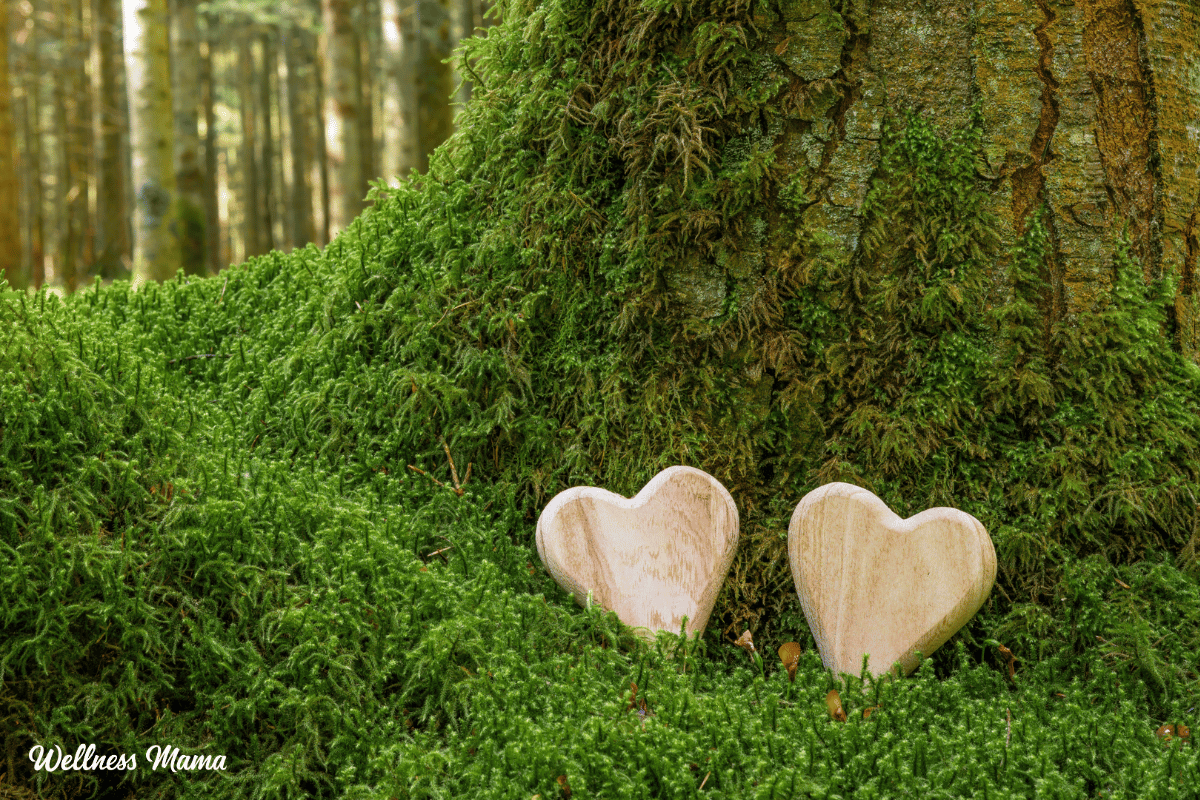



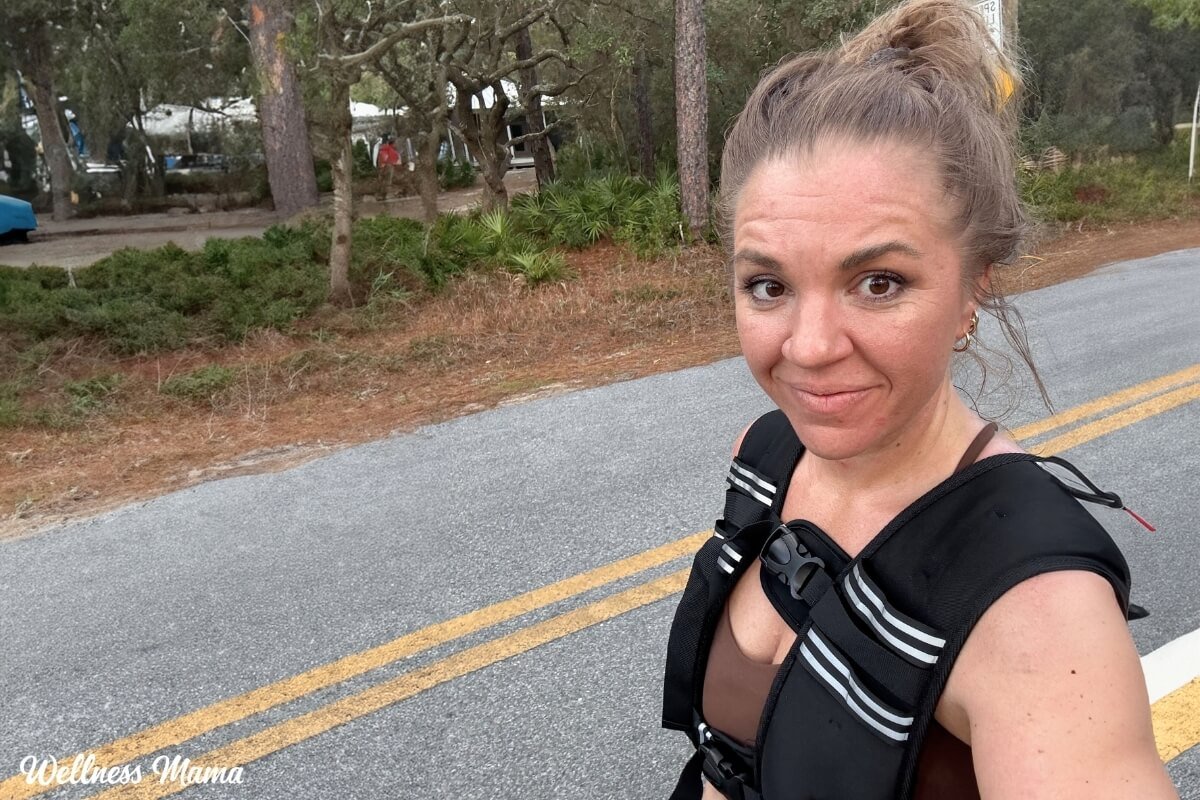





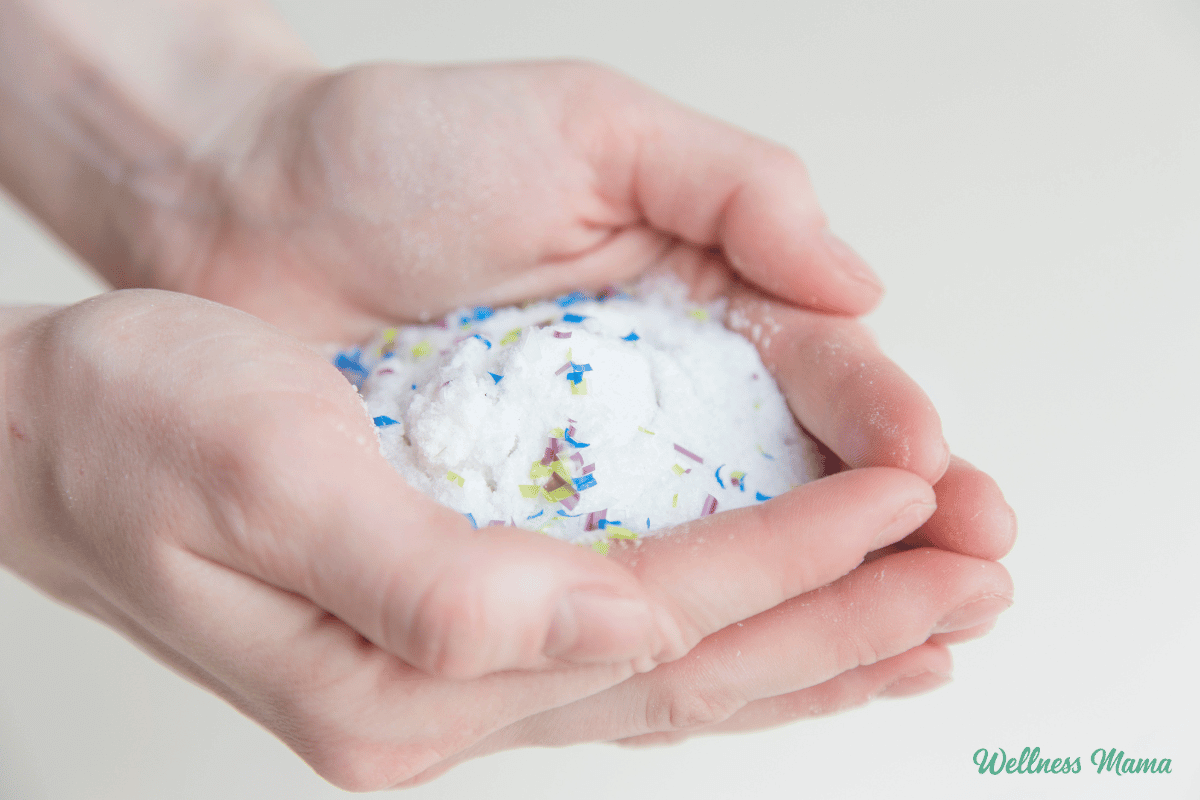

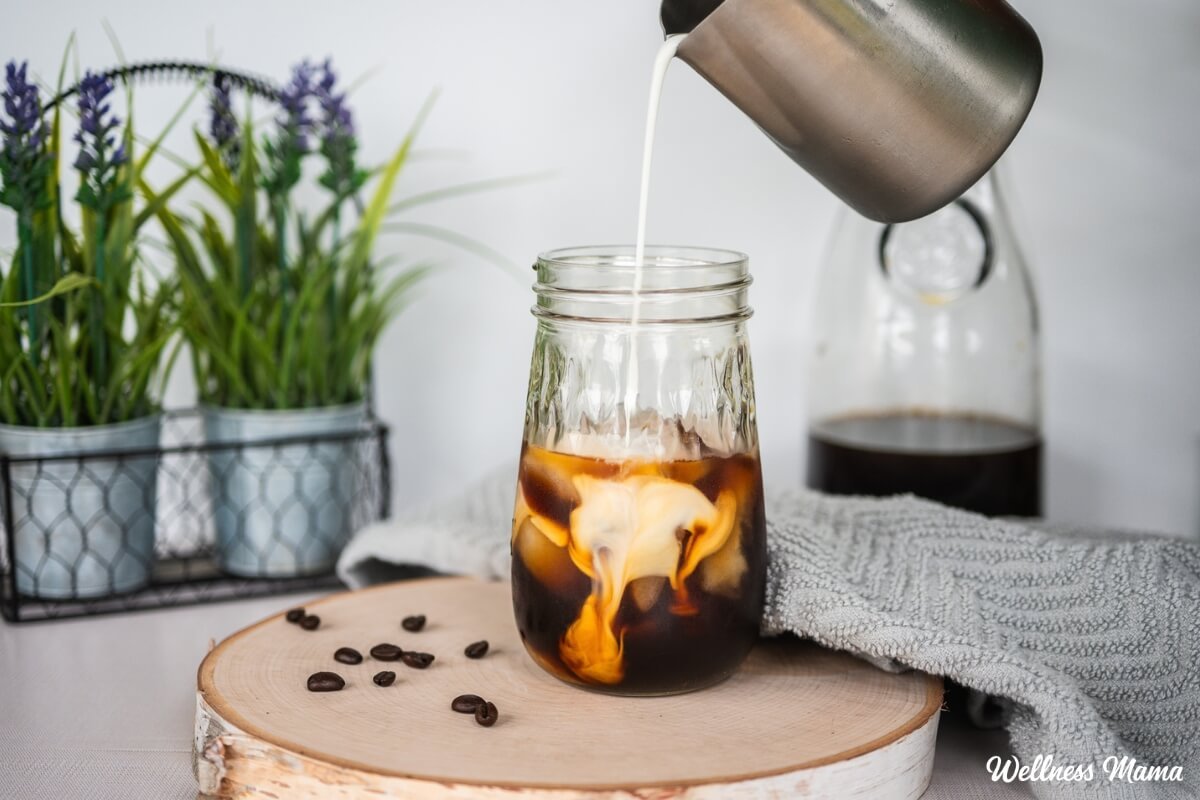
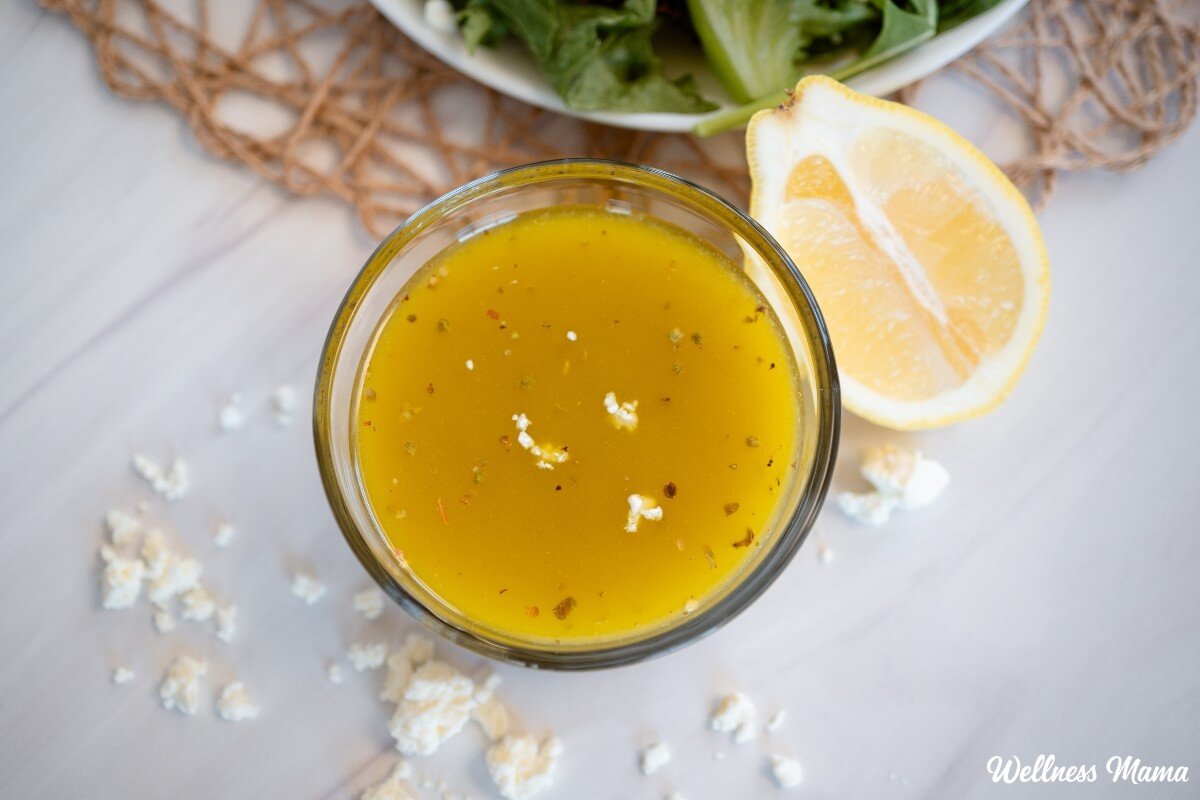
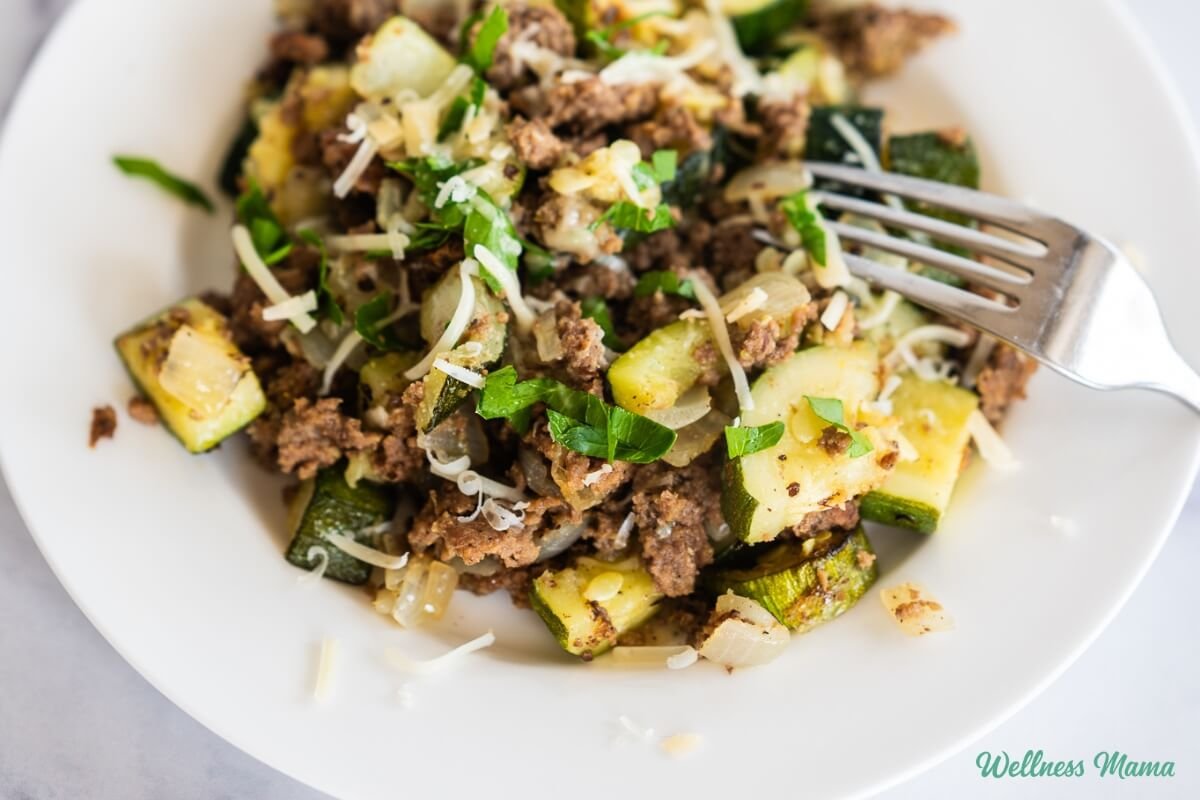
Leave a Reply